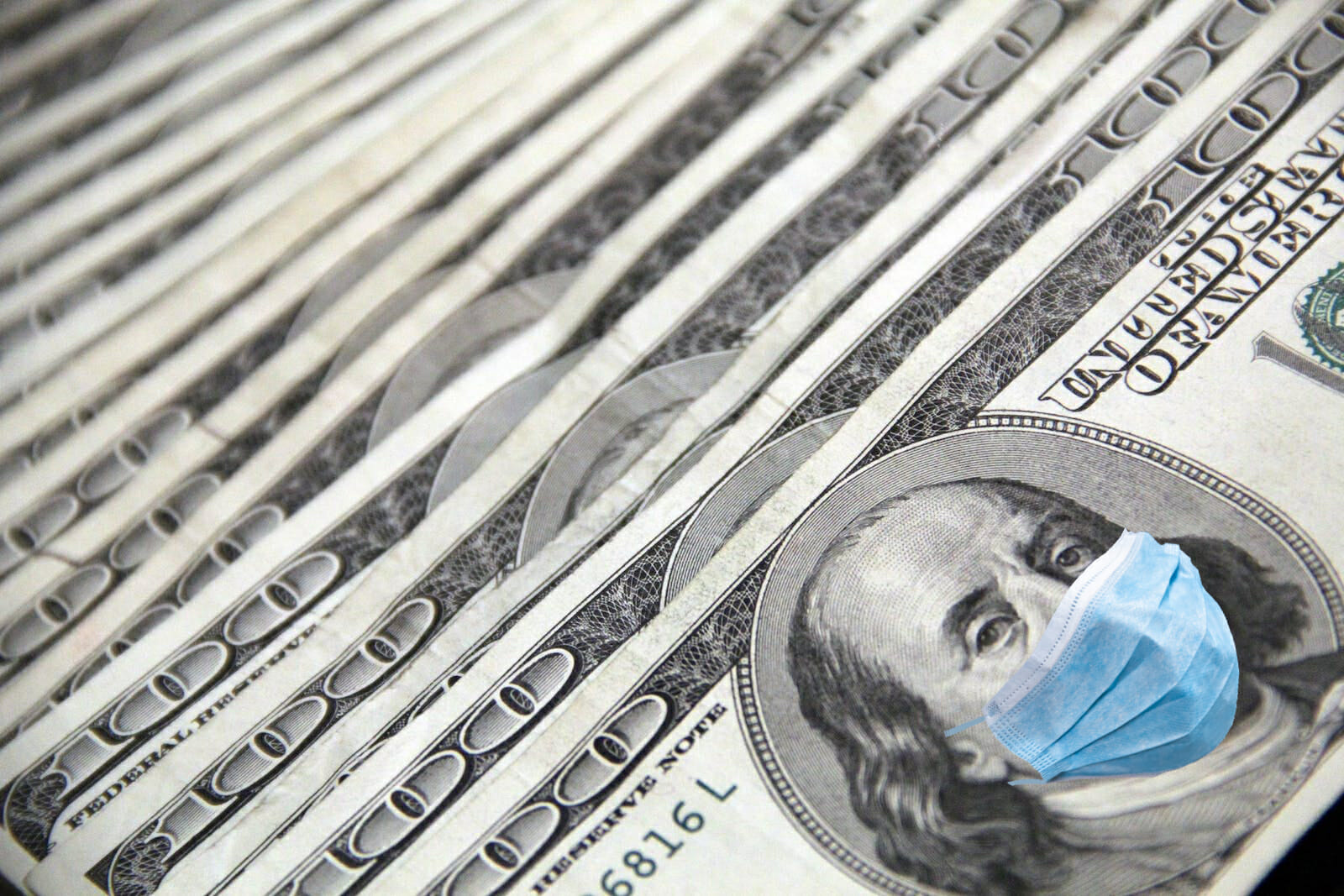
COVID-19 Has Transformed The Fed into a Sovereign Wealth Fund
The emergence of COVID-19 has forced the United States Federal Reserve to take unprecedented measures to keep the United States economy afloat. And in doing so, it has unintentionally made the Federal Reserve into the world’s largest sovereign wealth fund. Historically, when the Fed wanted to increase the money supply in the U.S. and provide liquidity to the market, it would raise or lower the interest rate for the commercial markets. When the Big Recession began in 2007-2008, and the U.S. economy did not respond to the drastic low-interest rates, the Fed began what it called quantitative easing by purchasing Federal bonds, notes, and at times federally insured mortgage-backed securities (MBS).
Faced with the unprecedented financial emergency caused by the COVID-19 virus, the Federal Reserve has gone into uncharted waters and has begun purchasing commercial bonds and paper on the open market. By purchasing these commercial bonds, grade A investment quality bonds and lately fallen angels, the Fed will be entitled to the interest payments that these bonds pay, and has opened up a new revenue stream for the Treasury. By receiving direct interest payments from these bonds, the Fed now fits all of the technical requirements to be classified as a sovereign wealth fund.
While many sovereign wealth funds typically have a mix of equities, bonds, and real estate in their portfolios, the Fed at this time seems to be sticking to bonds as a means of providing liquidity to the financial markets. That said, it would not be too far from purchasing corporate bonds on the open market to also purchasing commercial real estate to support prices in the commercial real estate market.
At the moment, the Fed has been purchasing these commercial bonds by printing money with no additional tax streams to support these purchases. It is because of the unique financial position of the United States that it is able to do so, without sparking inflation. This is because the rest of the world continues to pile into purchasing U.S. federal financial instruments. This particular type of phenomenon is called seigniorage. Seigniorage is an economic concept that has its roots in Medieval times. During medieval times, a paper currency was supported by a nation’s gold or silver reserves.
Miners would bring their bullion, either gold or silver, to the government minting office. The “Crown” would then claim a percentage of the bullion as compensation for minting the raw bullion into coins of the realm that could then be used for legal tender. Failure to bring the bullion to the Crown typically resulted in execution of the offender. Today, seigniorage is voluntary. Nations and investors throughout the world feel that the United States is the safest place to place their money. It is for this reason that the Federal Reserve has the assets to further expand the Fed’s activity into grade-A commercial bonds as well as bonds that are currently in junk bond status after they have very recently been considered grade A bonds.
The 2008 Fed balance sheet as compared to the current Fed balance sheet
At the beginning of the 2008-2009 world financial crisis, the Federal Reserve balance sheet had a value of $2.2 trillion. At the height of the Fed’s so-called quantitative easing, the Fed’s balance sheet ballooned to $4.5 trillion. The Fed began to unwind its balance sheet positions and had reduced its balance sheet to $3.9 trillion. However, when the credit market began to freeze as a result of repo market operations in 2019, the Fed began to inject capital into the money market to restore liquidity. The Fed’s balance sheet quickly climbed back to $4.2 trillion in December of 2019. Prior to the emergent of the COVID-19 virus, there had been speculation that the Fed would maintain an active presence in the repo market. The current Fed balance sheet is $6.75 trillion. So far, the Fed has invested over $2.5 trillion into commercial financial assets. Economists on Wall Street expect the Fed’s balance sheet to expand to between $7 trillion to $10 trillion by the end of the year.
Crowding out private investment
The Fed’s activities in purchasing grade A commercial bonds, and in fallen angels has to a certain extent crowded out private investment funds. Typically, the definition of crowding out is: “When government spending fails to increase overall aggregate demand because higher government spending causes an equivalent fall in private sector spending and investment.”
An early example of the crowding out phenomena can be seen in the case of Warren Buffet’s fund Berkshire Hathaway. During the 2008-2009 financial crisis, his company was able to act as a lender of last resort. By doing this, Berkshire Hathaway was able to pick up grade A investments (bonds, equities, and real estate) at rock bottom prices. However, this has not played out the same in the current situation.
In comments reported by Bloomberg News on May 4, 2010, Buffet was quoted as saying: “We have not done anything because we don’t see anything that attractive to do,” Buffett said at his annual shareholder meeting, which was held by webcast. The deals in 2008 and 2009 weren’t done to make “a statement to the world,” he said. “They seemed intelligent things to do and markets were such that we didn’t really have much competition.”
New Fed behavior needs new Congressional oversight
The Fed was created in December of 1913. While its original purpose has not changed, its methodology since 2008 has changed. With the Federal Reserve now taking more aggressive and unusual moves to support the economy, the time has come for the House and the Senate to bring the head of the Fed to the Congress, and review with him the unusual behavior of the Fed interfering with the free market system in the United States. By purchasing commercial bonds and picking and choosing winners in the free market system, the Federal Reserve has technically performed illegal market operations. This is something that will require political oversight and further permission to continue or to prohibit the Fed from pursuing these unusual market operations.

